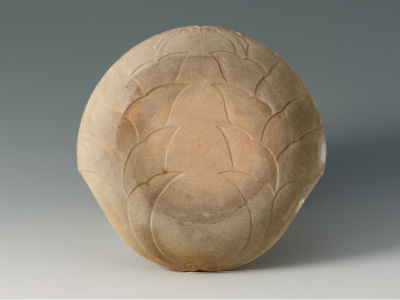



During the middle and late Edo periods, the Kakiemon Kiln produced mainly blue-and-white porcelains and multi-colored gold brocade porcelains, with production focused on the domestic market, which by now was highly developed. An often-overlooked detail is that, like other wares from Bizen, products from the Kakiemon Kiln were traded primarily over shipping routes in the Japan Sea, reaching the entire country. In particular, Imari ware carried by north-bound shipping (circuit ships) all the way to Hokkaido, and can still be found all along the Japan Sea coastal regions. A perusal of the documents passed down through the centuries by the Sakaida family shows a continuous stream of orders from the upper tiers of Japanese society, including court nobles, shogunal families, baronial families, and wealthy merchants.


The heirlooms of old families also relate the same story. But managing the kiln was by no means smooth, and bleak periods could last a long time. In particular, the years from the late Edo period until the end of the shogunate were times when the shogunate was weak and major changes created uncertainty. Under these conditions, orders from the feudal lords and powerful samurai stopped. Meanwhile, rival porcelain works in Seto and elsewhere started up, and the scale and quality of production at Arita fell. The Kakiemon Kiln was no exception to this process, but contemporary evidence shows that the men who bore the Kakiemon name, keen to continue the family tradition of high-quality porcelain, found ingenious ways to survive the tumultuous times.
